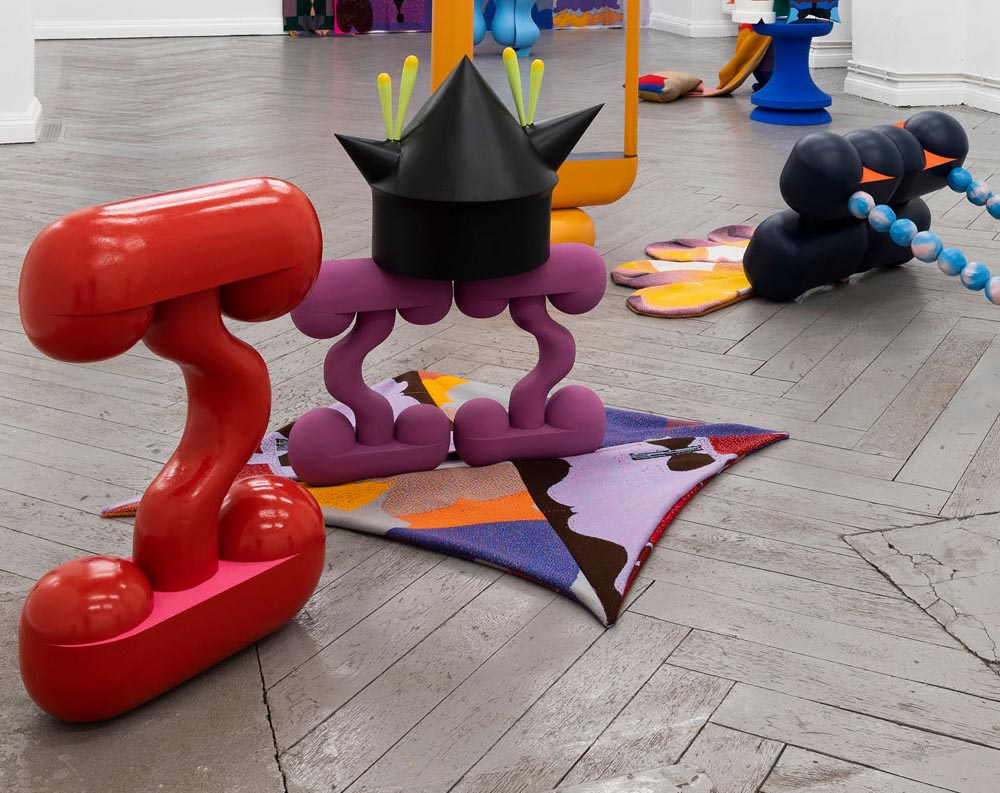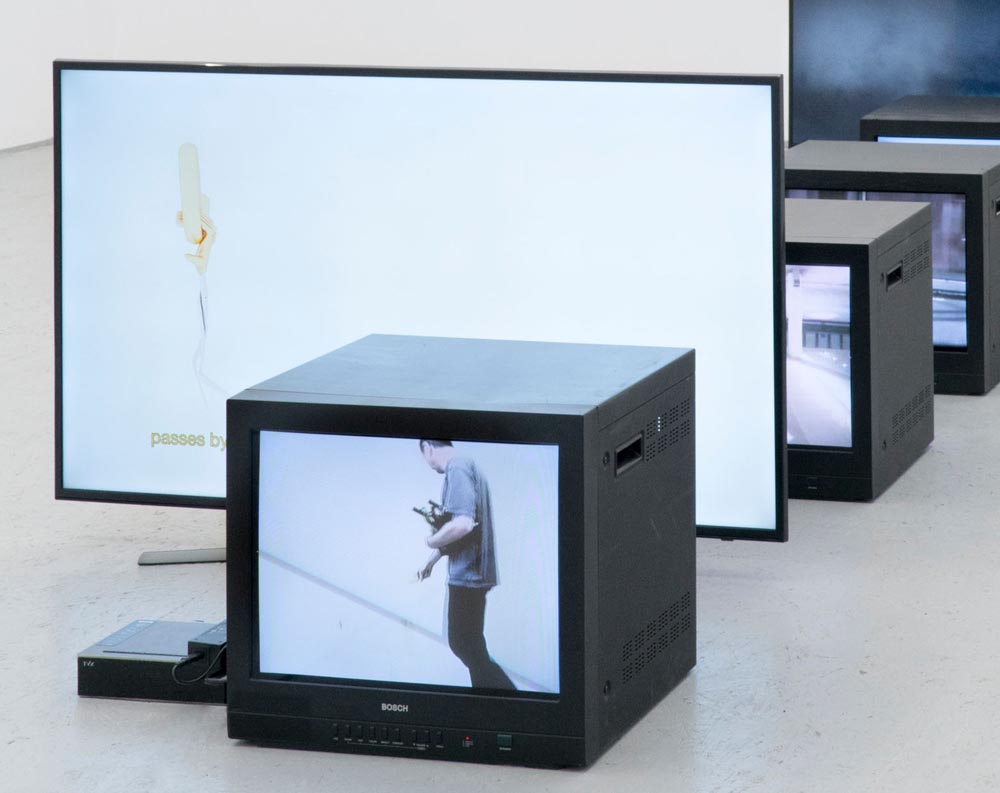OFLUXO
Dissecting the Cyborgian Swamp Thang
Justin Cloud, Emmett Metier, Naomi Nakazato, Alexander Ross, Randy Wray
At Super Dutchess, New York
Curated by Andrew Woolbright
January 15 — February 18, 2021
Bacon’s retooling of the word, to our modern understanding of organs as both internal and circulatory, was a covert drift hiding within the Enlightenment. A reality was instantly erased where shoehorns are organs the same way our intestines are, the same way chlorophyll is, the same way tree trunks are. The world of stuff and things, all held darkly and mysteriously together by churning and moving organs, now had categories separating the living from the dead – the apeiron’s cargo-drop of thingness.
In We Have Never Been Modern (1991), Bruno Latour proposes a “Parliament of Things,” an organization of hybrid objects that pass between social constructs and natural sciences. The telescope and microscope placed nature and all of its miracles “over there,” away from the social, walled off by Empiricism and the natural sciences. Latour’s proposed parliament forms a breach in the wall.
The new, dark ecology, as Timothy Morton describes it, is circling in on us from every direction. Where we once felt that we are here and it is that and over there, we now find ourselves in a non-hierarchical post-human limbo. It is not just the melting icebergs and covid and zika that are trying to recode the human genome through their knocking, but the unrecognizable world of algorithmic governance, data-driven policy design, Juicero’s, and attention resource mining that churns the wave pool of subjects and objects.
Art offers itself as a scalpel to vivisect not just living things but the hybrid objects here to confuse their boundaries; to cut through and find again that it’s all organs all the way down – through and amongst and within. The organs of the internet, the arteries of the Transatlantic cables running along the ocean floor that carry the internet back and forth might also be in the organs of flowers now, our organs too, all of us acting like cyborgian swamp thangs and adapting and dancing along to the music as best we can. We’ll only ever learn what it all is through the surgical incision, the amputation, the laser cut, to see that the half sections of all things are stuff again. Latour’s parliament offers us a prescient moment towards animism, one of circuits (organs), systems (organs), algorithms (organs), living systems (organs), tools (organs), maps (organs), and dead things (organs). The decisions of the Industrial Revolution, Exxon, PARC, and the Silicon Valley haunt us now and forever; but aren’t ghosts just organs too?
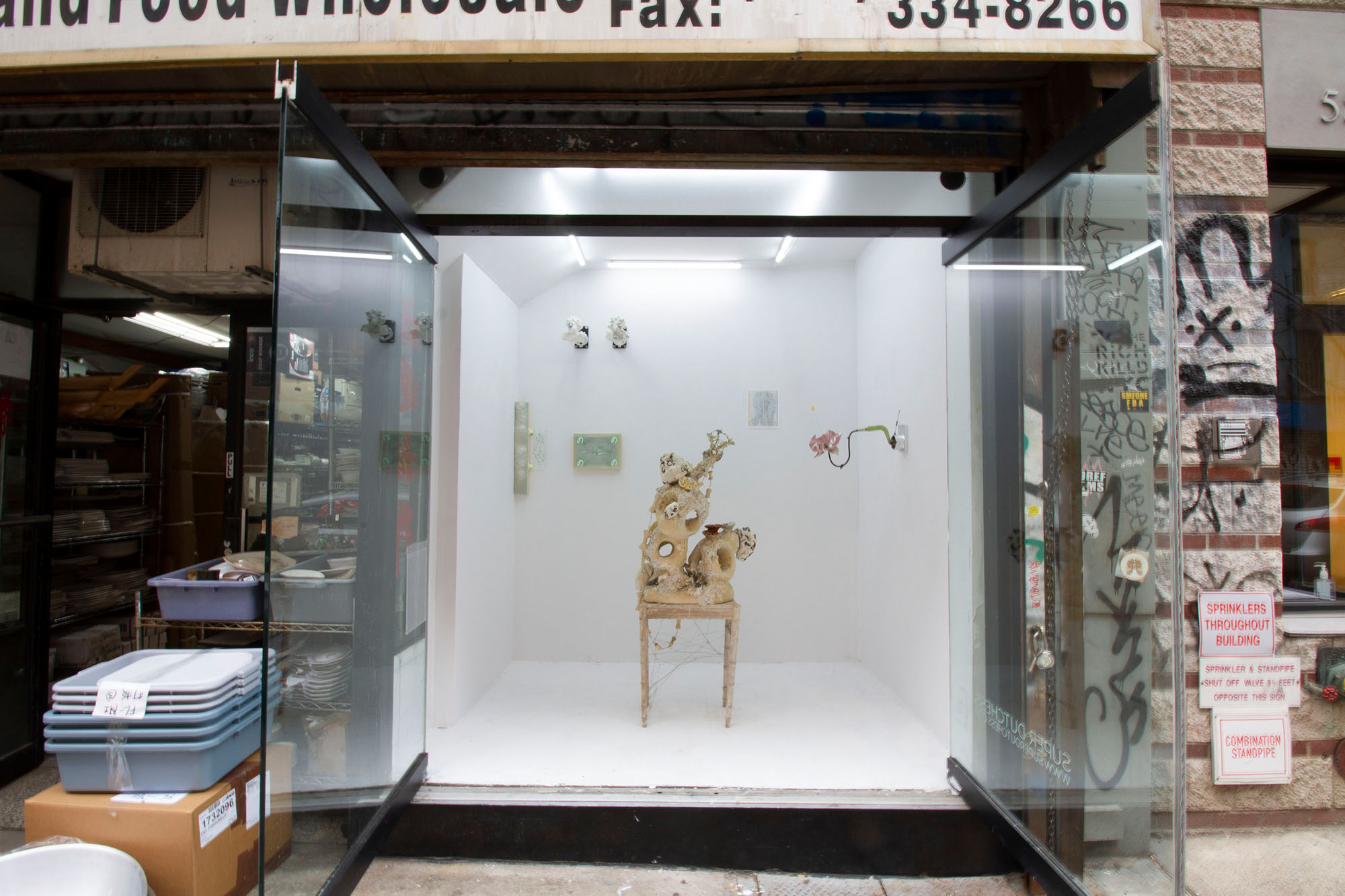
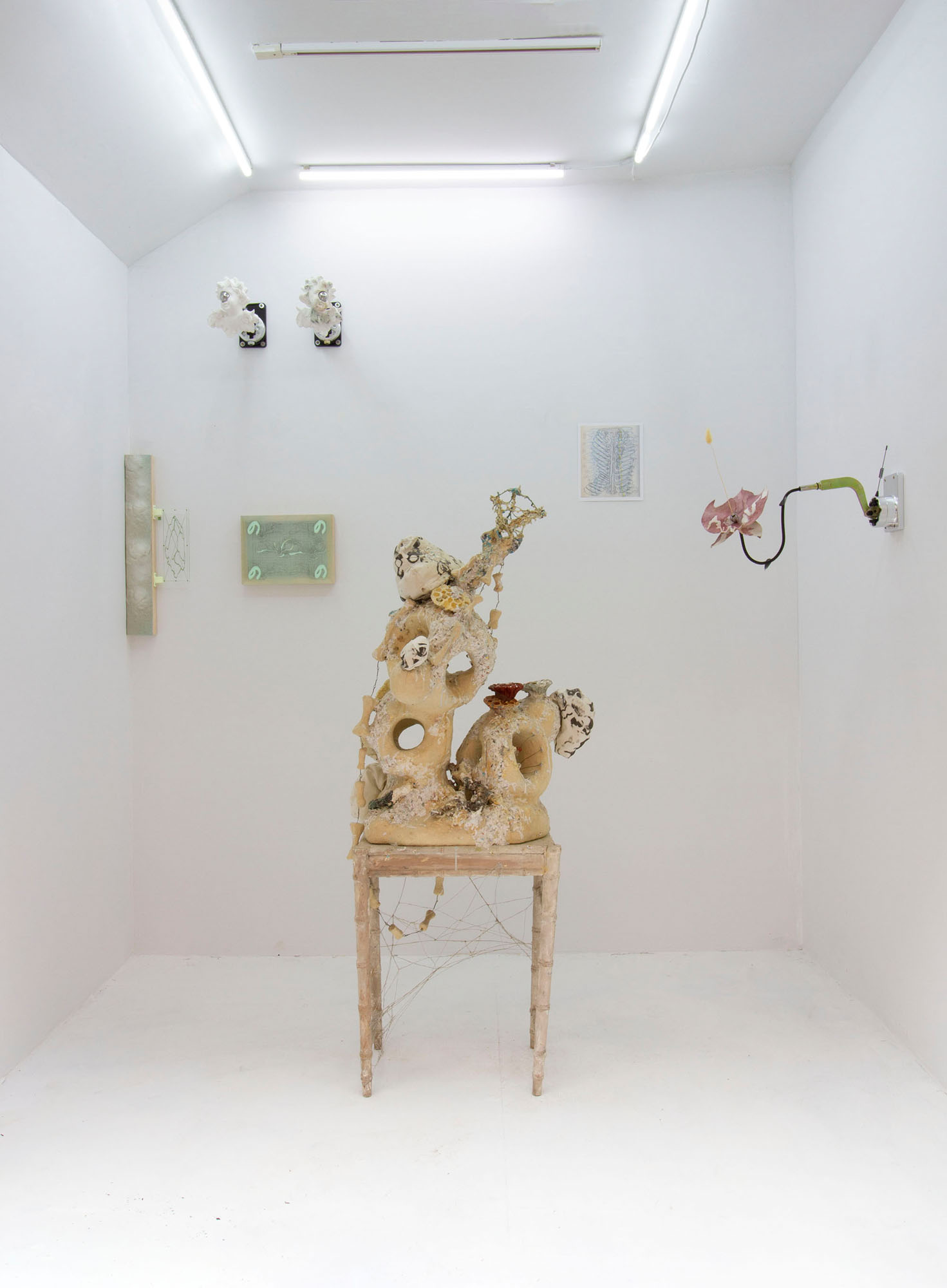
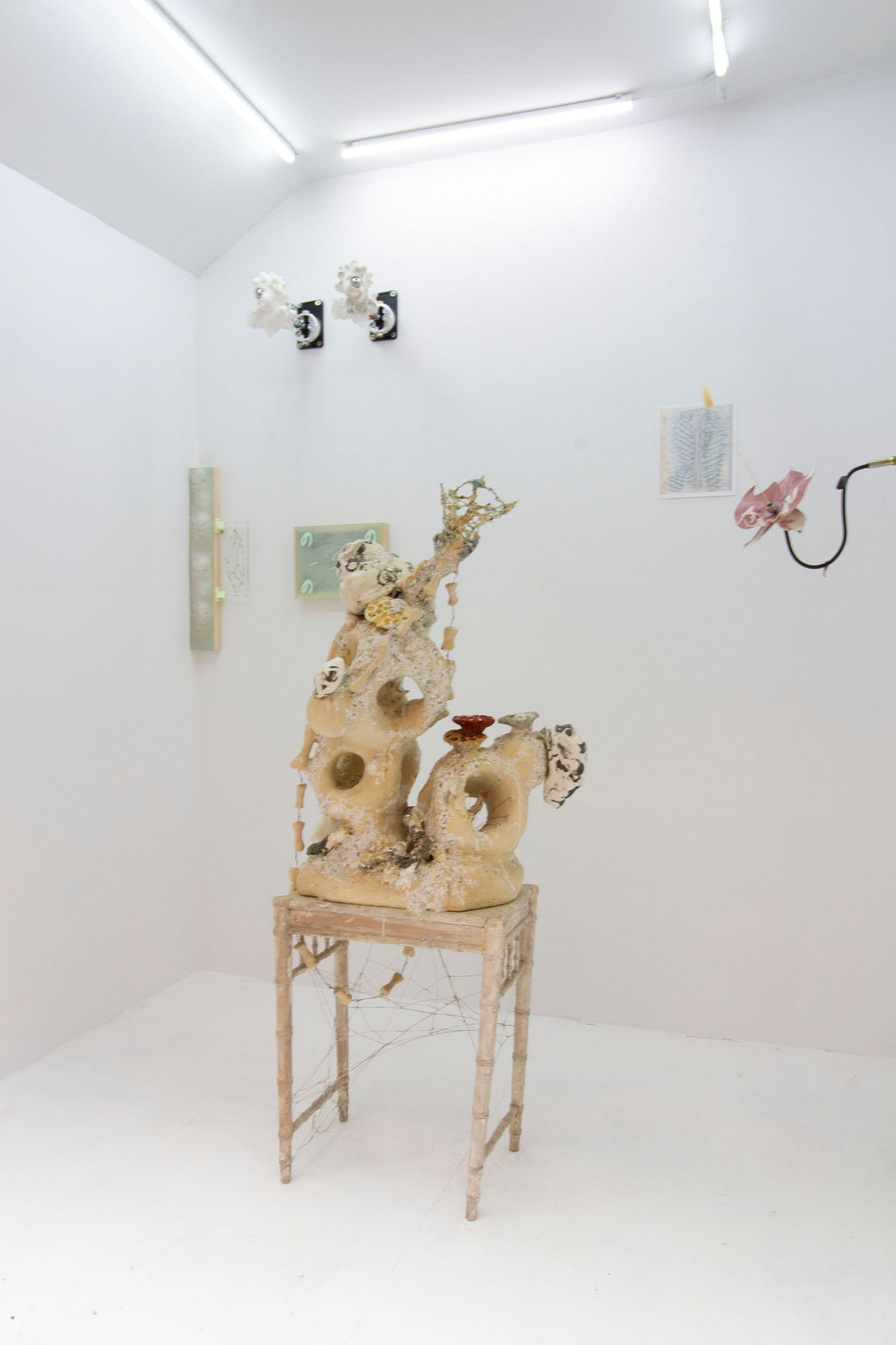
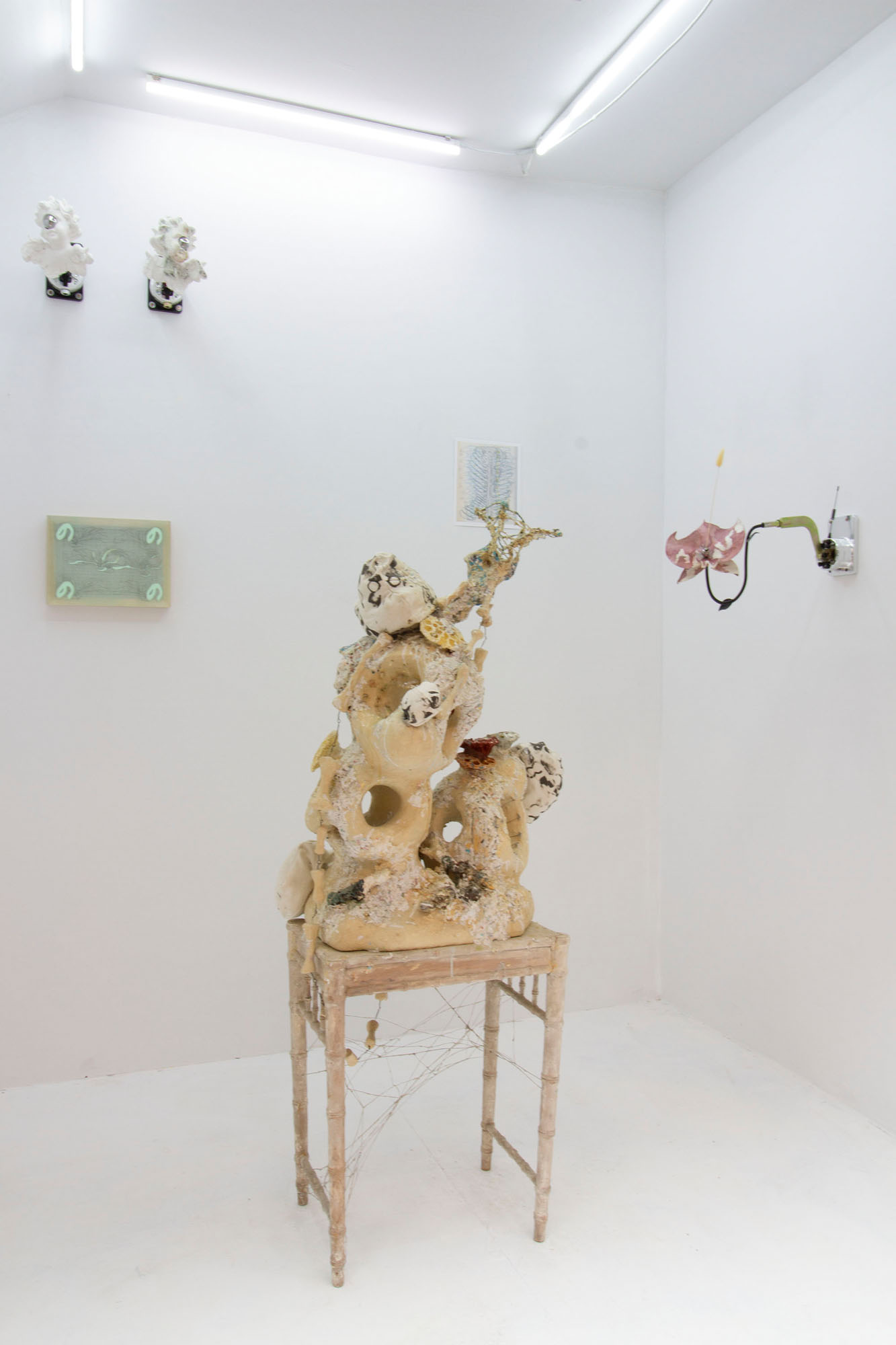
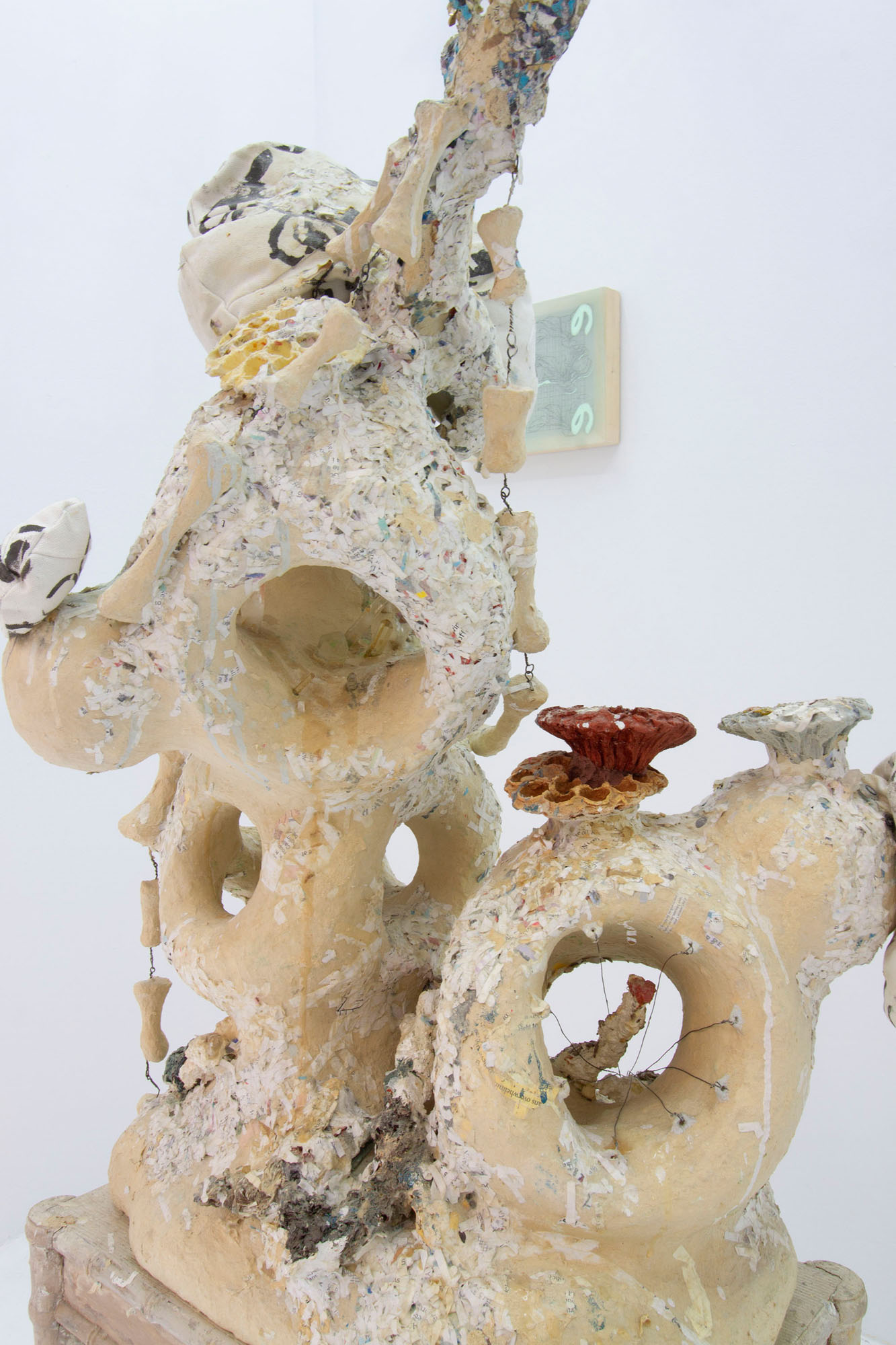
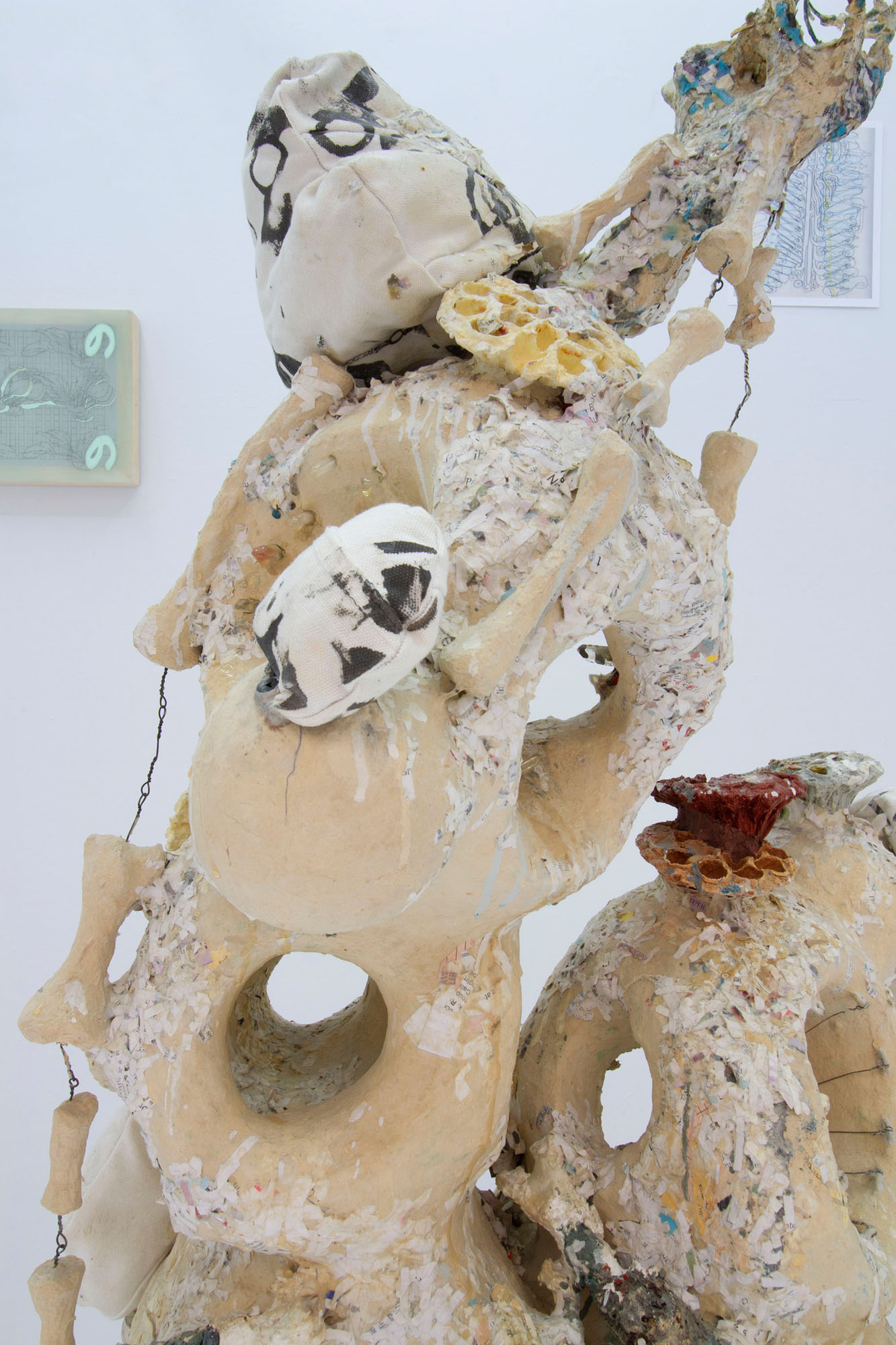
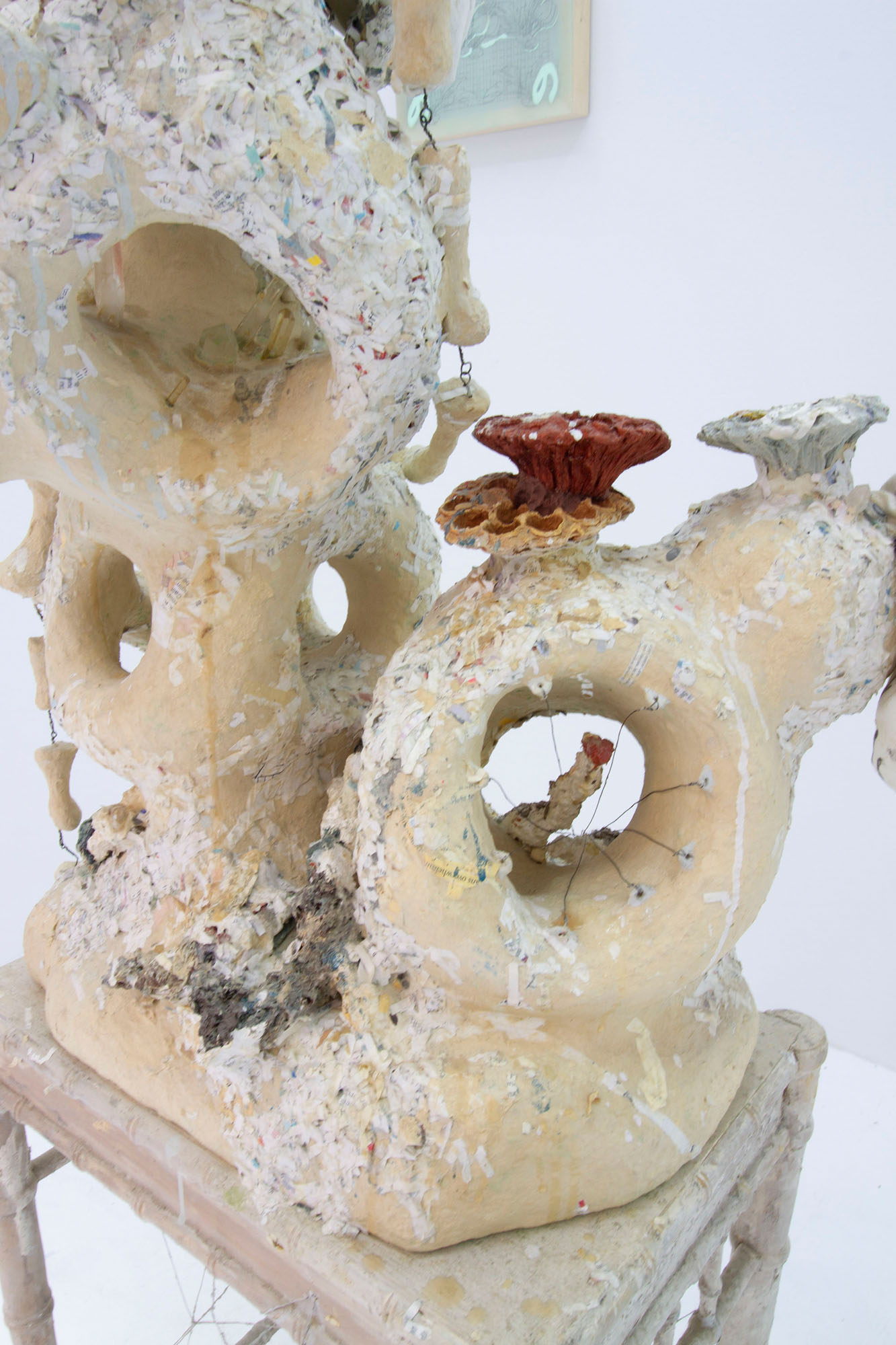
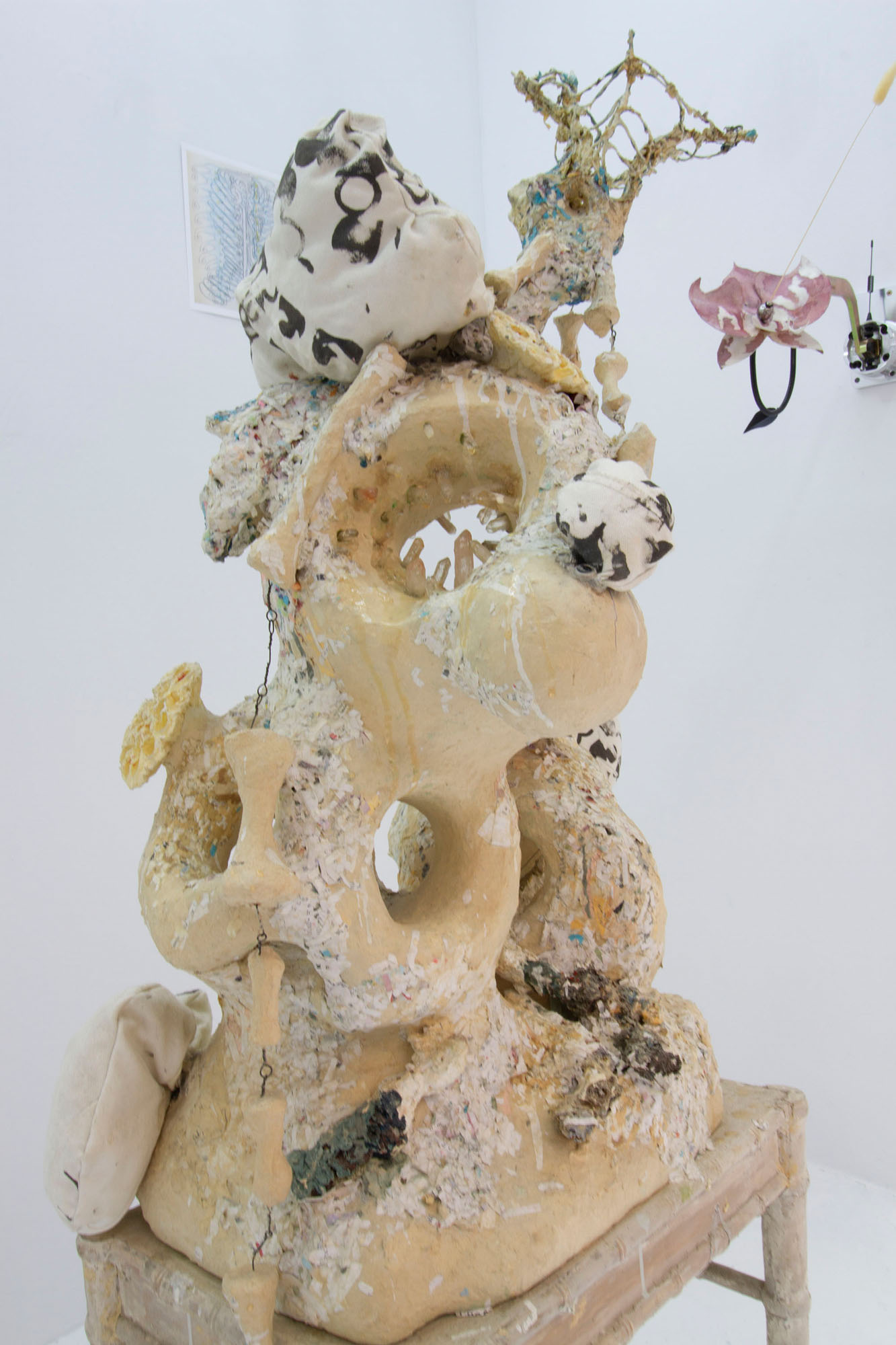
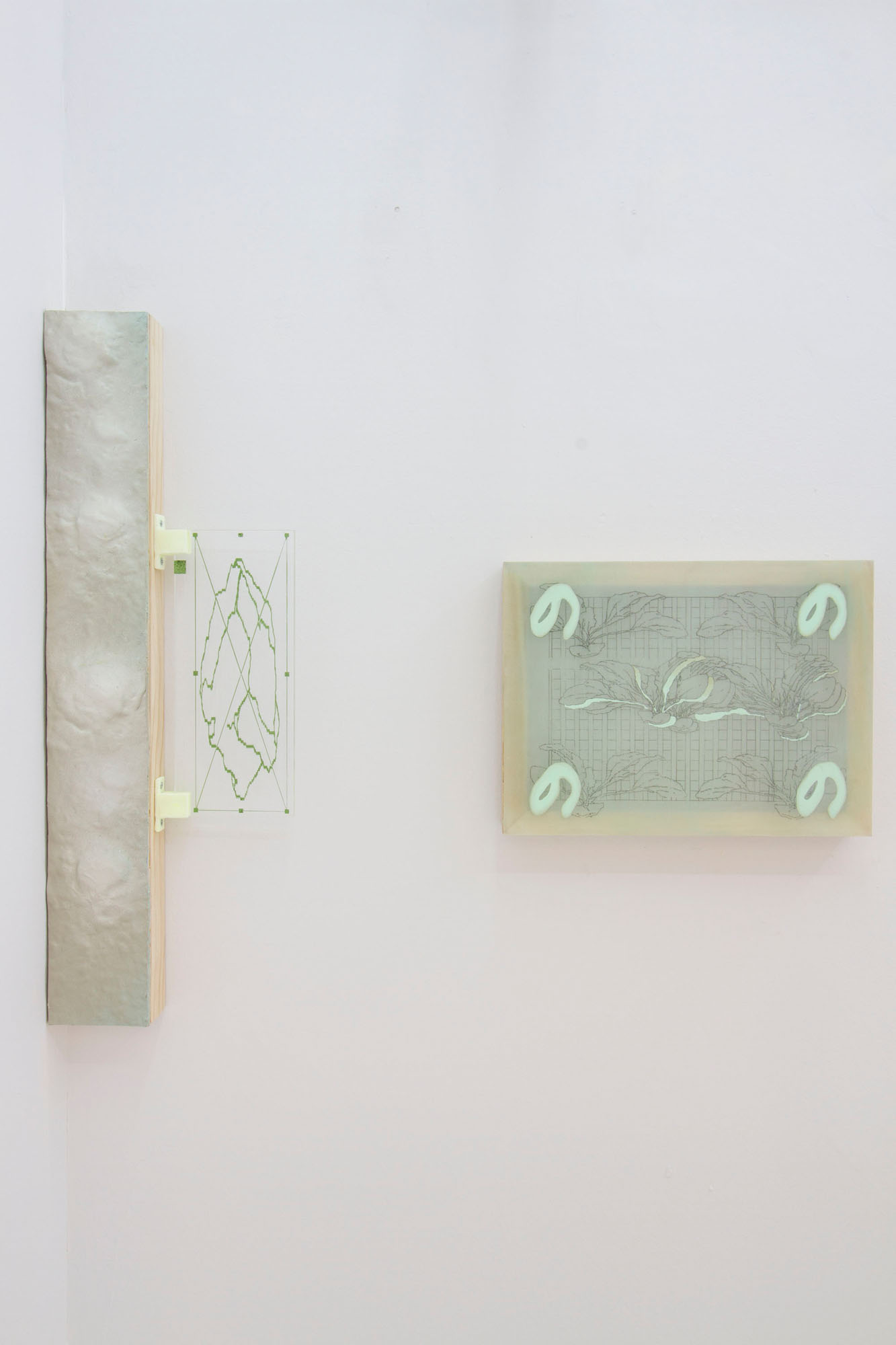
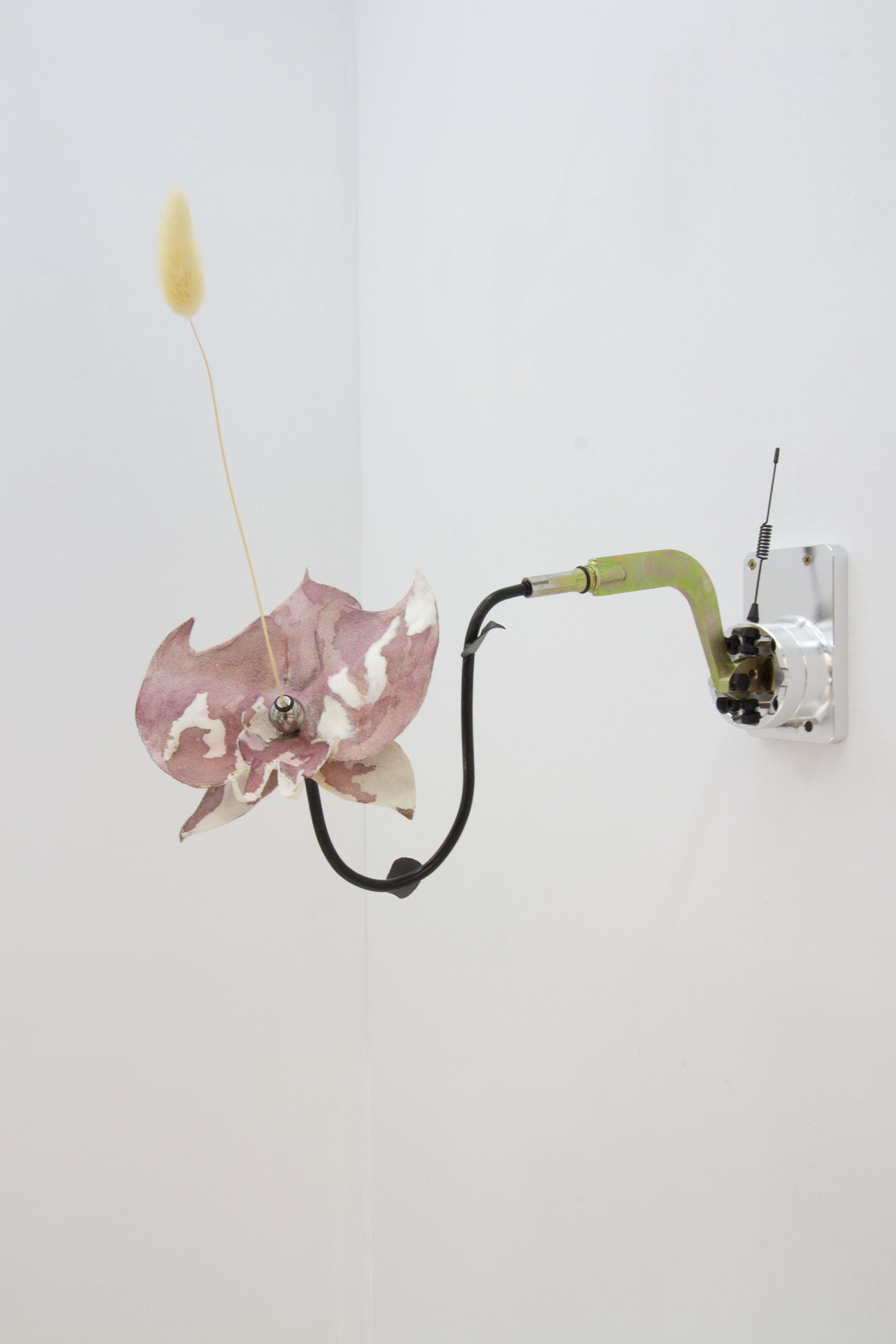
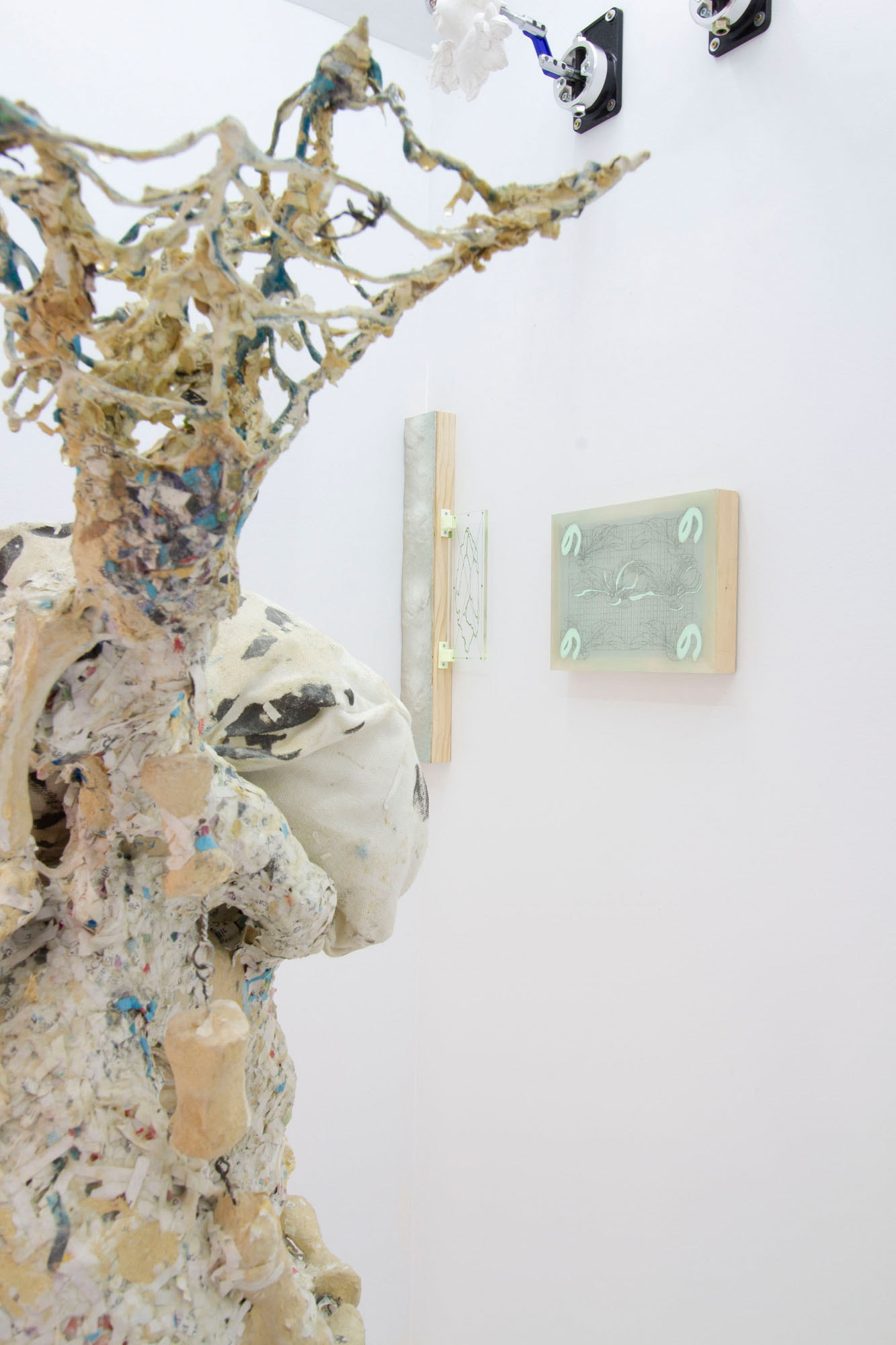
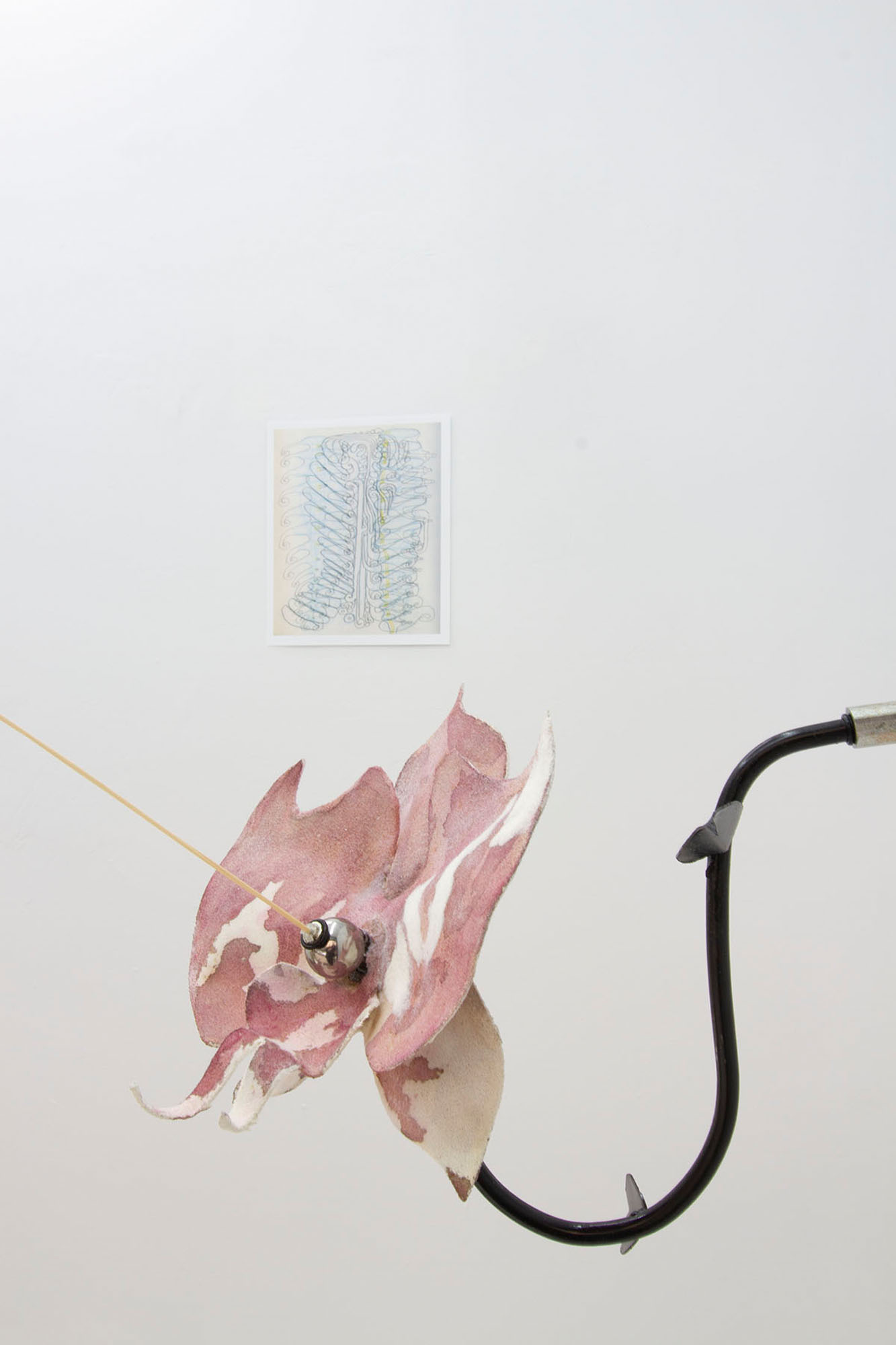
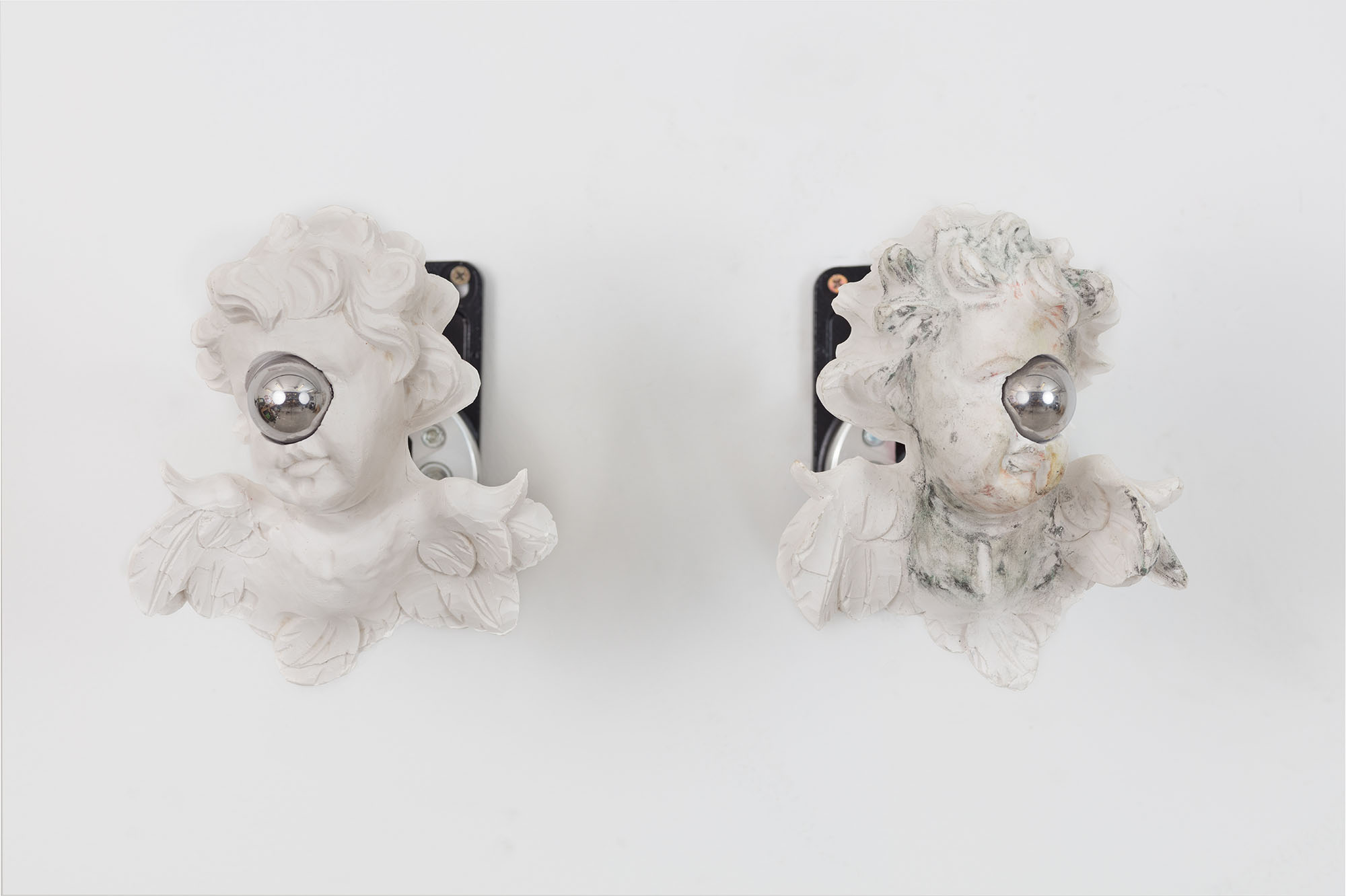
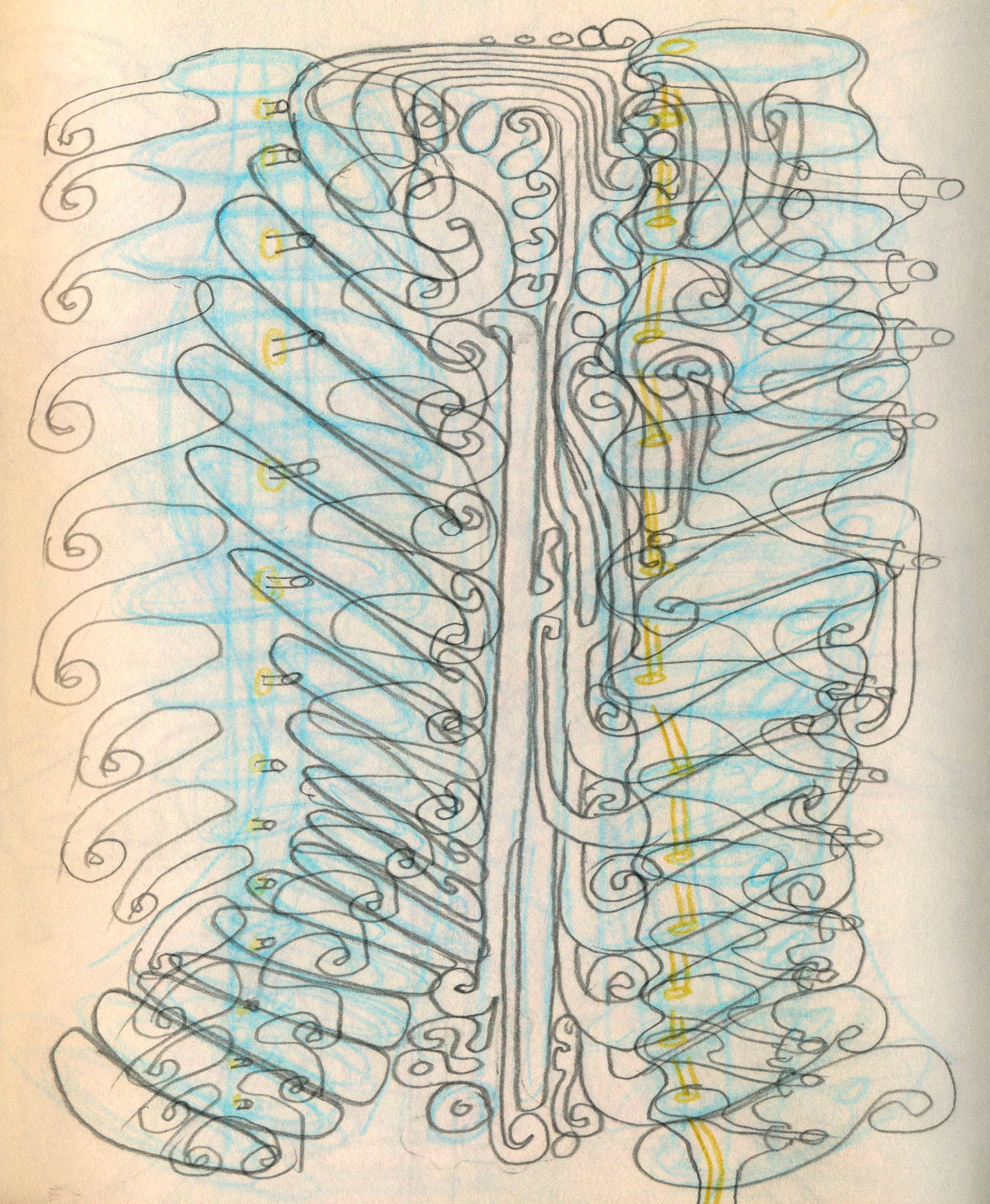
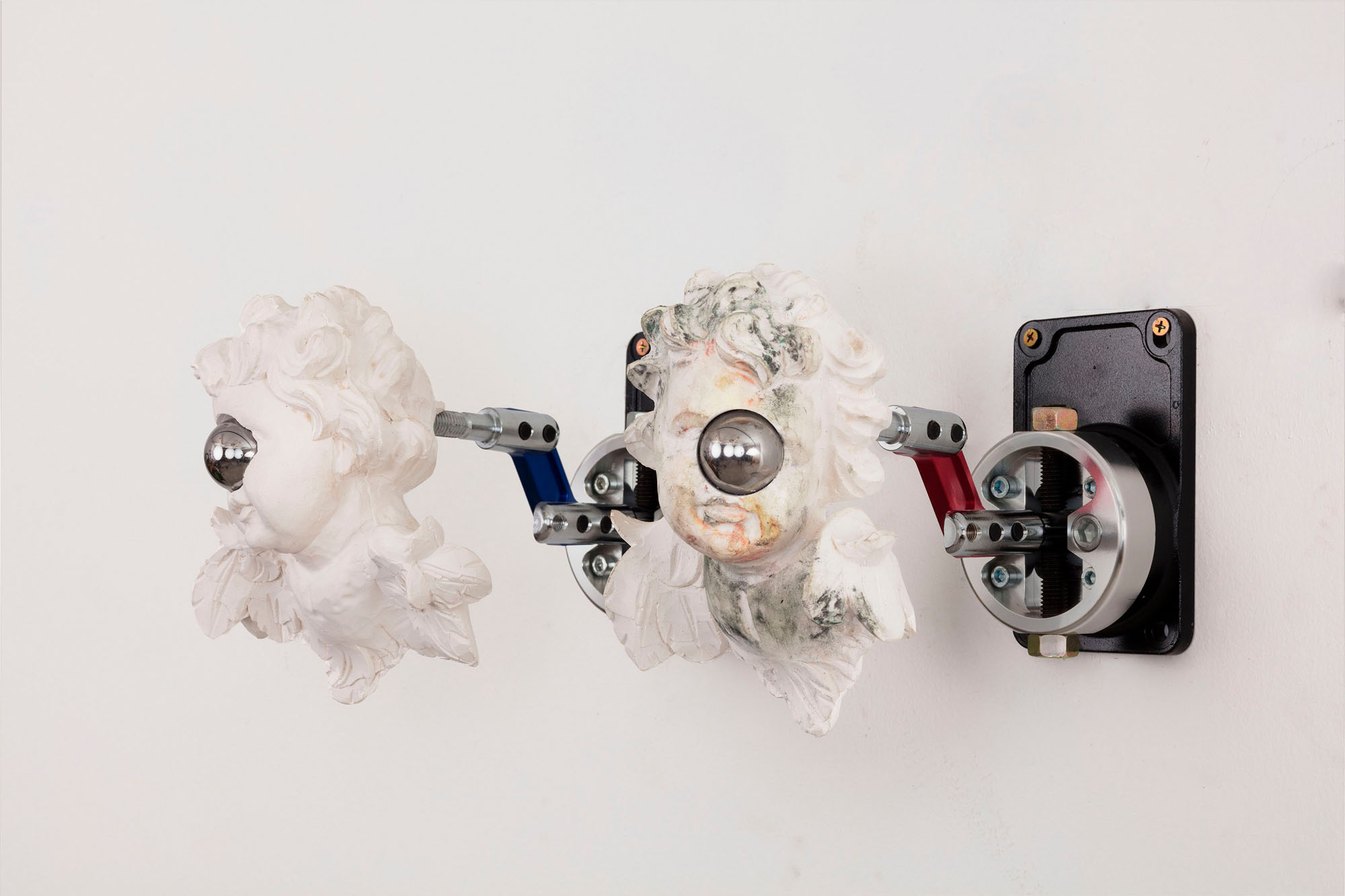
OFLUXO is proudly powered by WordPress
